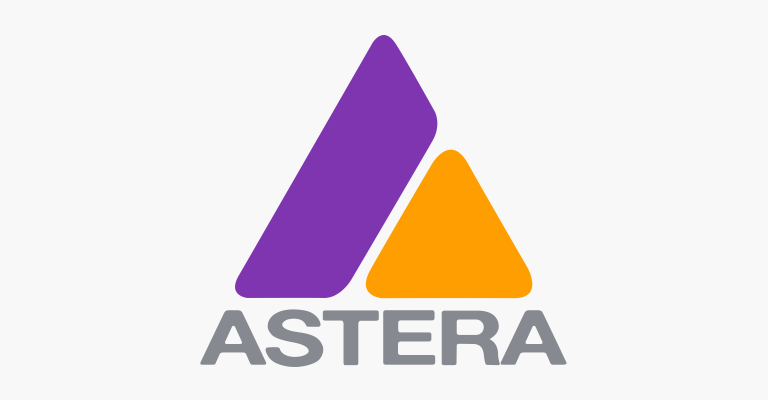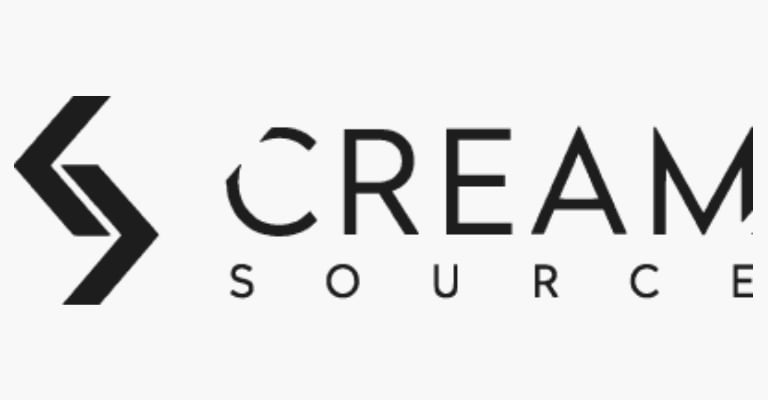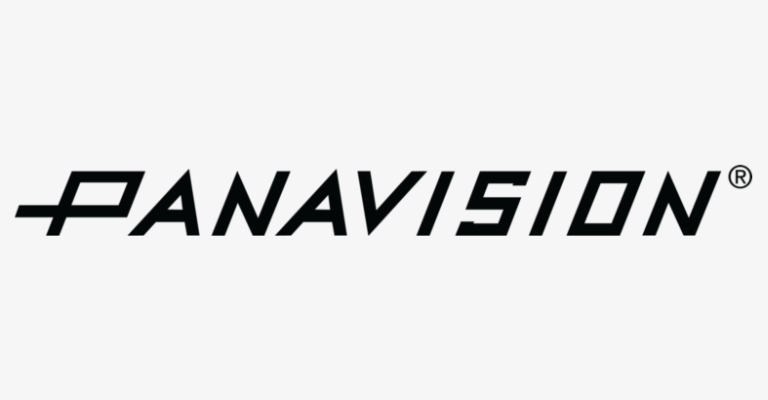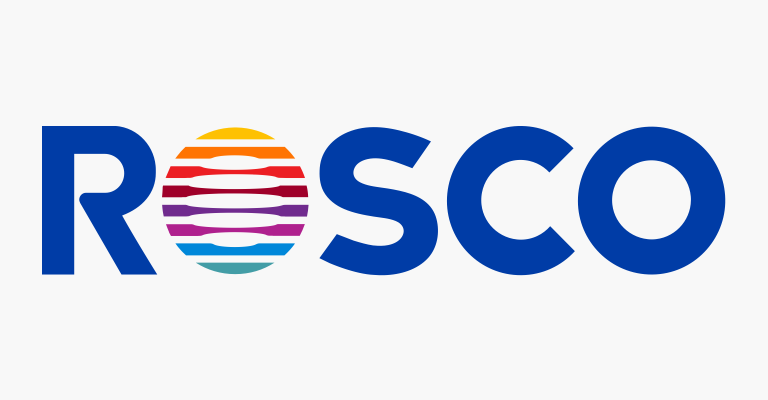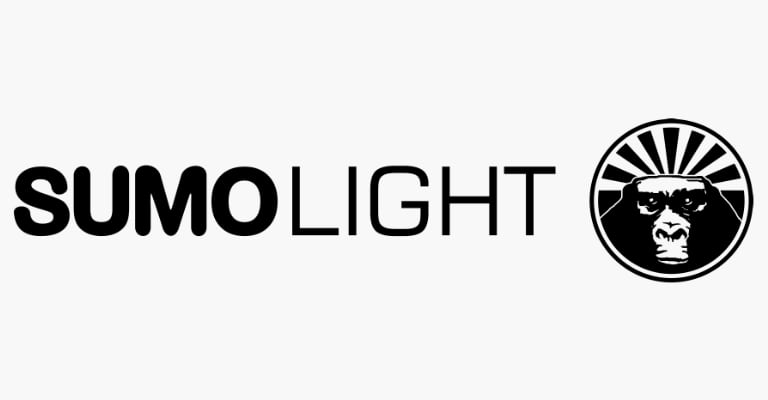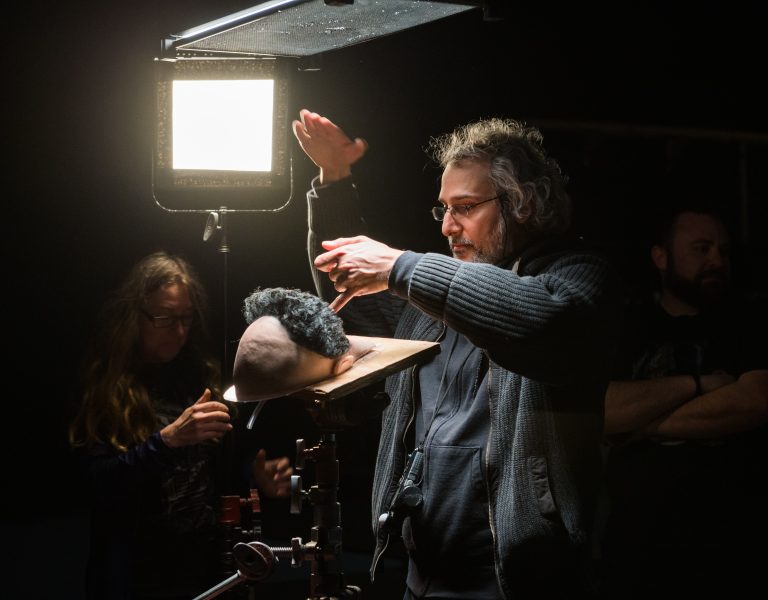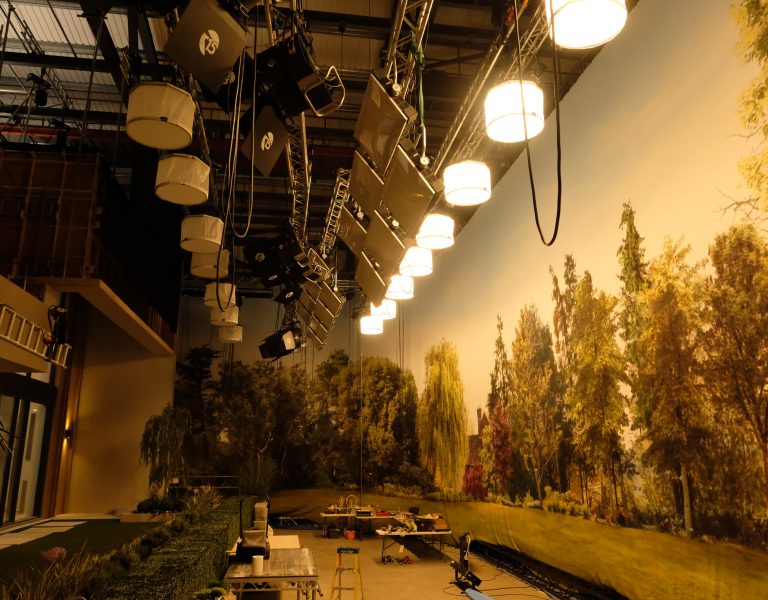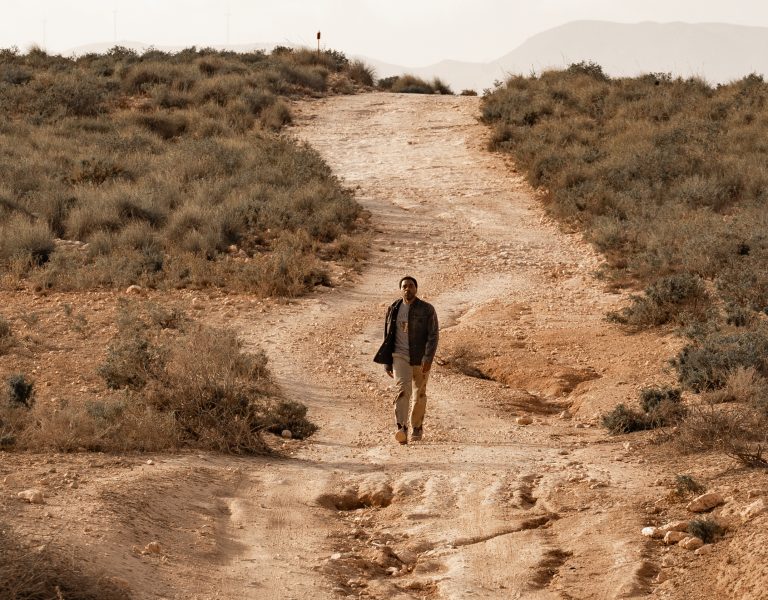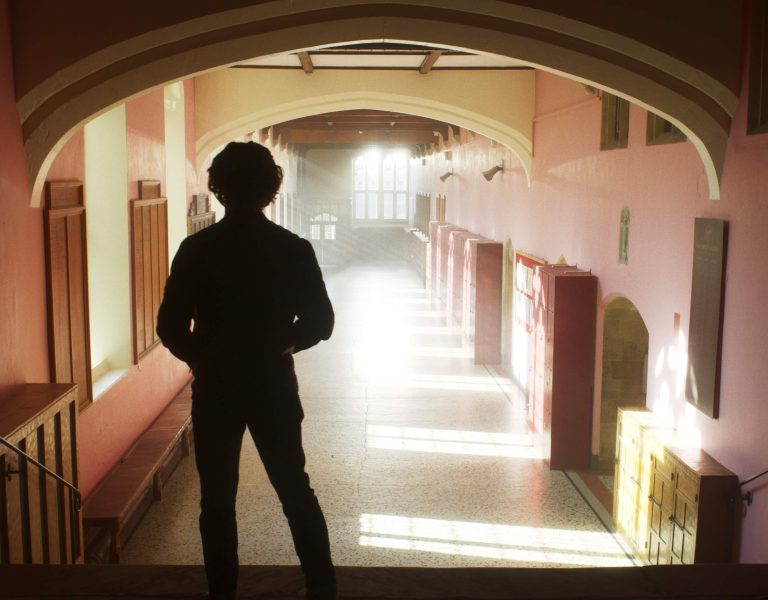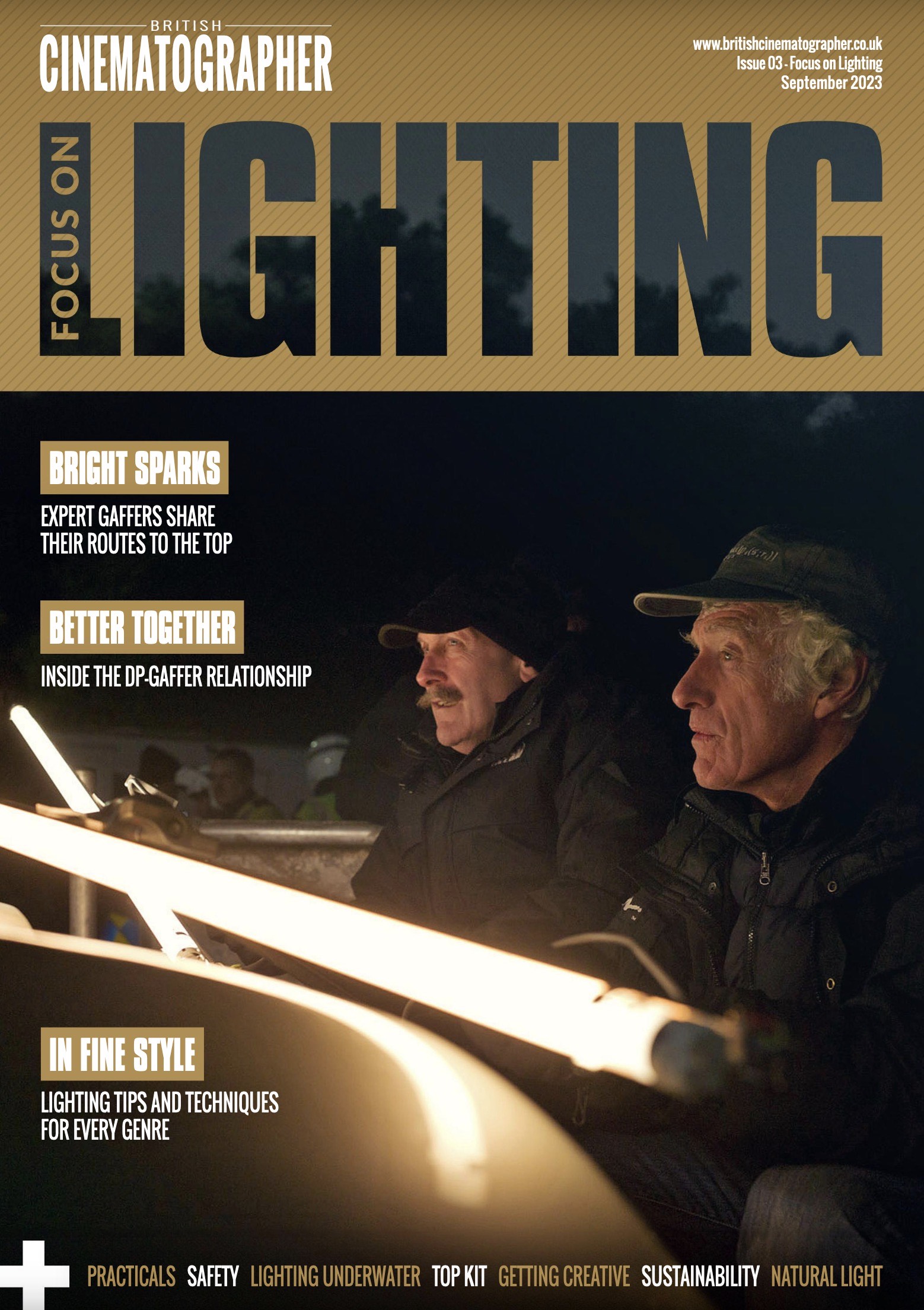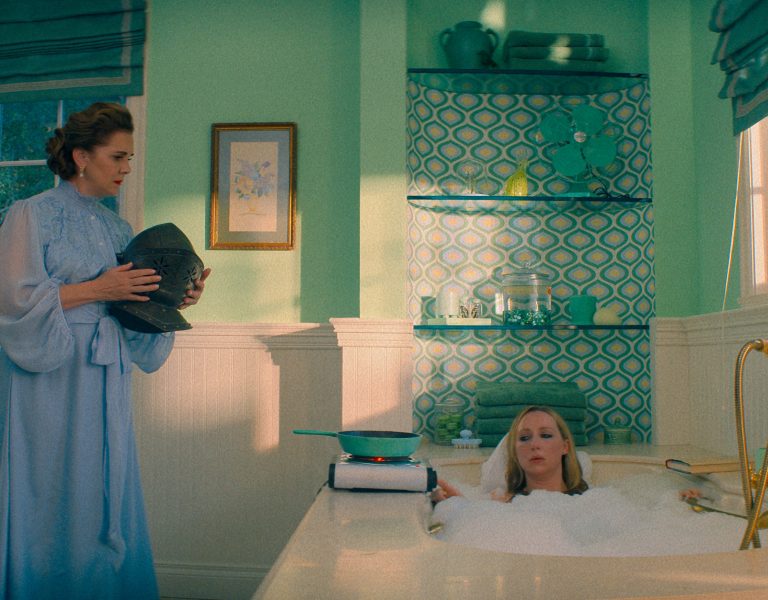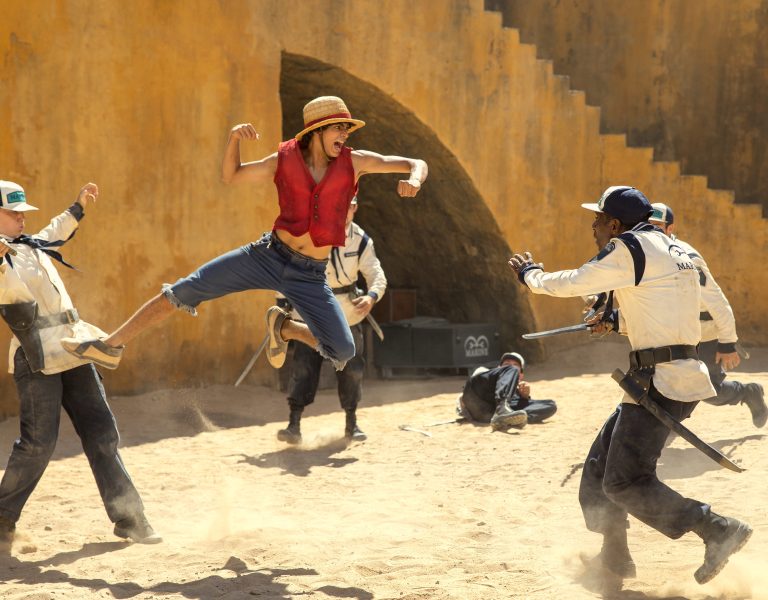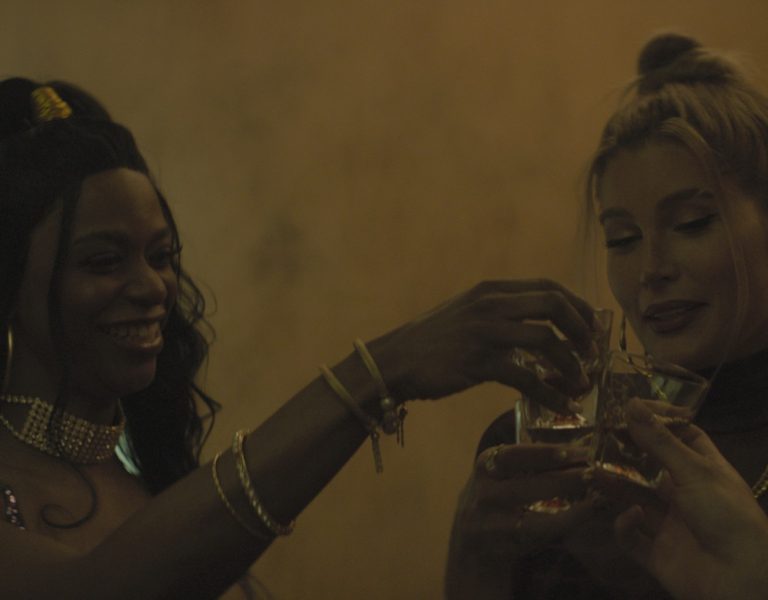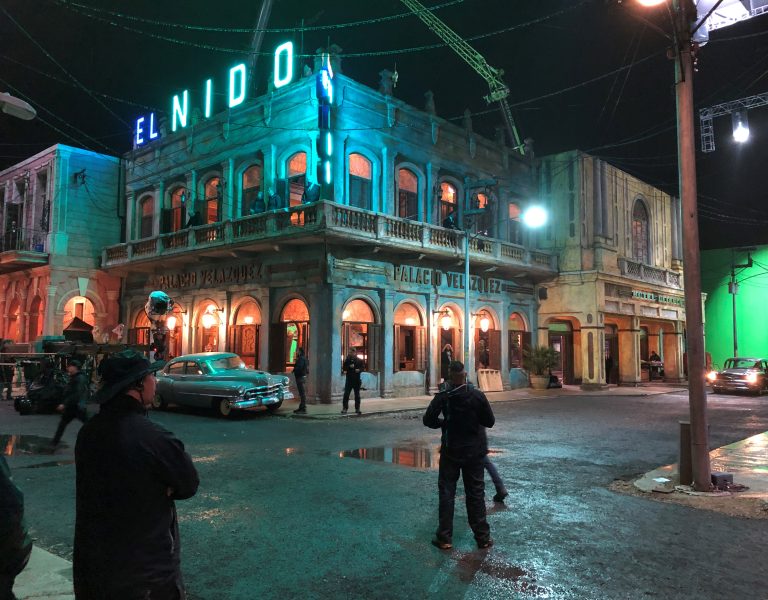Child actor turned gaffer and businessman Harlon Haveland shines a new light on his career.
Family has played an integral role in shaping Harlon Haveland’s career, both in front of and behind the camera. His captivating journey in the film industry began with an iconic childhood role. Back in 1990, at just eight years of age, he was cast by chance to portray one half of the infamous East End gangsters in the critically acclaimed The Krays. Haveland brought Ronnie to life, while his real-life brother played his on-screen sibling, Reggie.
Remarkably, destiny had more surprises in store for Haveland, as he happened to grow up just a couple of miles from the actor who played the third brother, Charlie, in the film. “He grew up in Hampton and I grew up in Sunbury,” he says. “I bumped into him when I was about 15.”
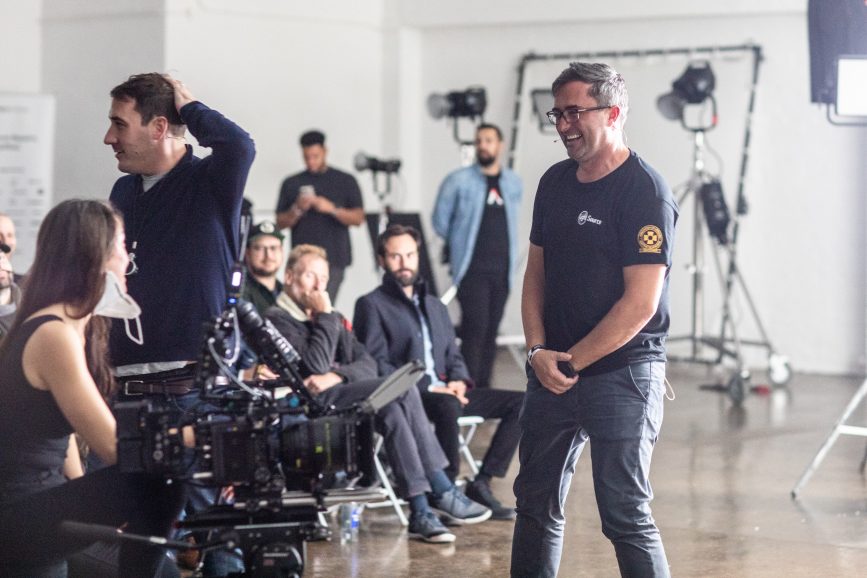
It was this early exposure to acting that instilled in him a love for the world of cinema and a desire to pursue a career in the industry. However, instead of continuing along the acting route he decided to follow in the footsteps of countless relatives who established successful careers on the other side of the camera.
“My grandfather was a first AD who worked on the James Bond films, my grandmother did hair and make-up, my uncle was a first, my father was a first, my brother’s a first, so I joined the circus,” he says.
At the age of 17, Haveland got his first taste of the industry when he was invited to work a show called Harbour Lights, the BBC One drama starring Nick Berry.
“My grandfather was working as a location manager on the series down in Dorset,” Haveland says. “I fell in with the electricians and then they offered me a job. It was then that I knew that this is what I wanted to do with my life.” Therein started a long and illustrious career in the lighting department.
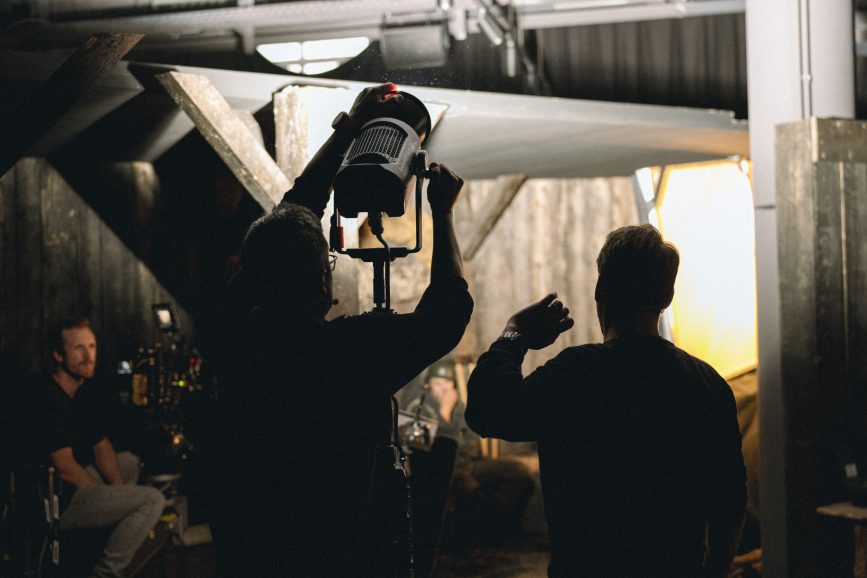
Learning the trade
Haveland knew he had to learn the basics of the trade first, so he secured an apprenticeship at the renowned Michael Samuelson Lighting at Pinewood Studios in 1998, where his grandfather had worked on the aforementioned Bond movies. Since then, Haveland has established himself as a sought-after gaffer, with a CV boasting a list of prestigious projects such as Guy Ritchie’s Operation Fortune: Ruse de Guerre, Luther: The Fallen Sun, No Time to Die and the upcoming Star Wars series, The Acolyte for Disney+.
Up until late last year, Haveland explains that he had a very different approach to lighting. “I always used to use the old HMI lights and tungsten lights,” he says. “They were good, but using them was usually a laborious task. If you want to colour-correct them, you have to add gel. If you need different colours, you have to change the gel. Then, if you wanted to dim the lights you have to put scrims in them. The lamps are hot, bulky and use up a lot of power. It’s not a good look when we’re trying hard to make everything green and sustainable.”
However, a transformative moment occurred when Haveland landed a job on the film version of the hit BBC series, starring Idris Elba and Ruth Wilson. It was there he first saw the brand new Aputure LS 600c Pro, a cutting-edge lighting fixture and the manufacturer’s first-ever full-colour point-source light fixture.
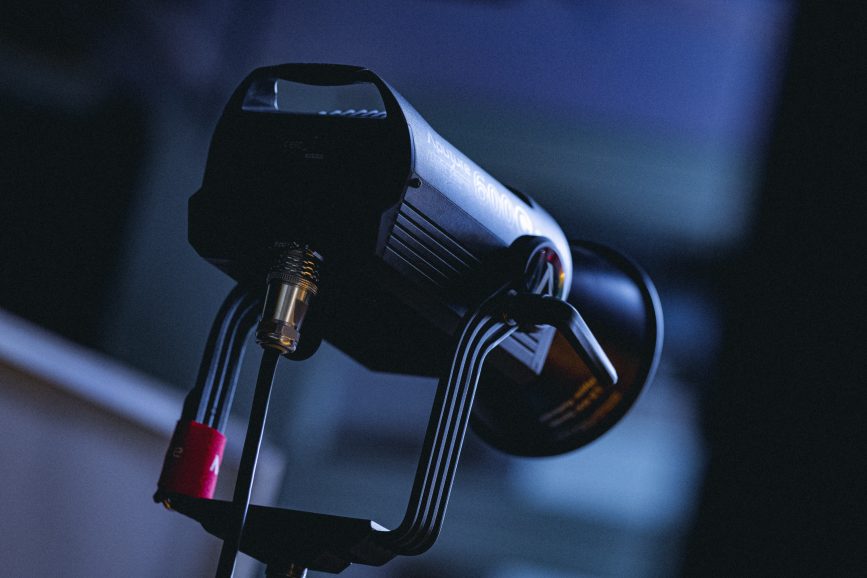
“I was immediately impressed by the brightness, the size, weight and colour spectrum of the light,” he continues. “You control everything from a desk – you can change colours, intensity, everything. I went from having to do everything methodically to using something that would do what I wanted without me even touching the actual product.”
After Luther had wrapped, he flew to Japan to film Sunny, the dark comedy on Apple TV+. Haveland saw how the Aputure-made LS 600d Pro, the first Light Storm fixture, was such a big hit in the Far East.
“The Japanese crews embraced these lights enthusiastically,” he says. “They work differently out there. Everything is powered by battery packs, so because of the low wattage I could achieve what they wanted with minimal effort and to good effect. In fact, I would say they were ‘lamp du jour’ out there. The Japanese don’t do it the same as the British, they don’t necessarily have a pre-rig crew. So, the light being lightweight and nimble allowed me to deploy it immediately where and when I wanted. We used them all the time.”
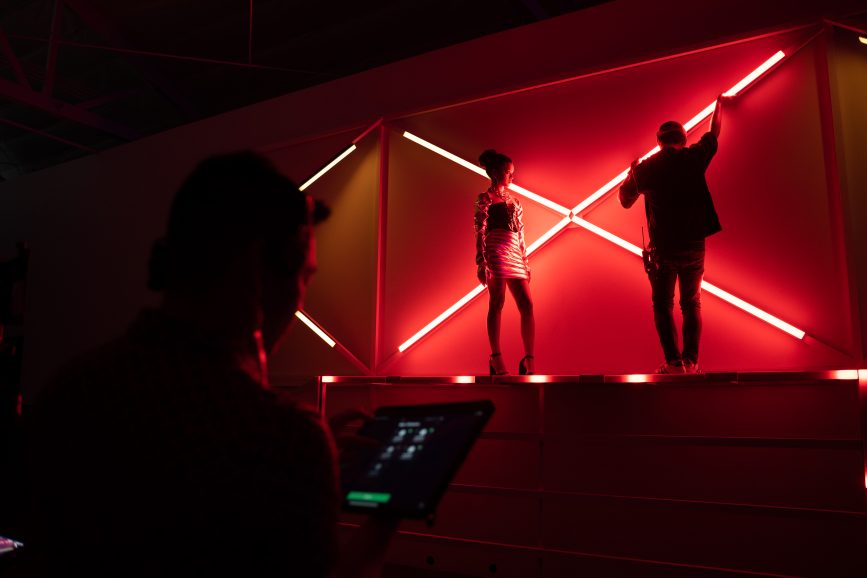
Starry career
Haveland’s next job was The Acolyte, part of the Star Wars franchise and set at the end of the High Republic era before the events of the main films. The job saw him work with James Friend BSC ASC, renowned for his Academy Award-winning cinematography in Edward Berger’s All Quiet on the Western Front and recipient of the BAFTA Award for Best Cinematography.
“I introduced the LS 600c Pro to James and he loved what it could do and how it sped things up,” says Haveland. “The lights’ utility and adaptability made them an essential tool in the lighting repertoire. James thought it was a great piece of kit.”
Haveland says he’s also impressed with the case the kit comes in, because everything fits in it so compactly. “I don’t how, but it does,” he adds. “Although it’s so well organised it takes an attempt or two to nail it.”
Whilst there are other lights on the market that can do a similar job, Haveland says the alternatives, do not match the brilliance and compactness of the Aputure ranges.
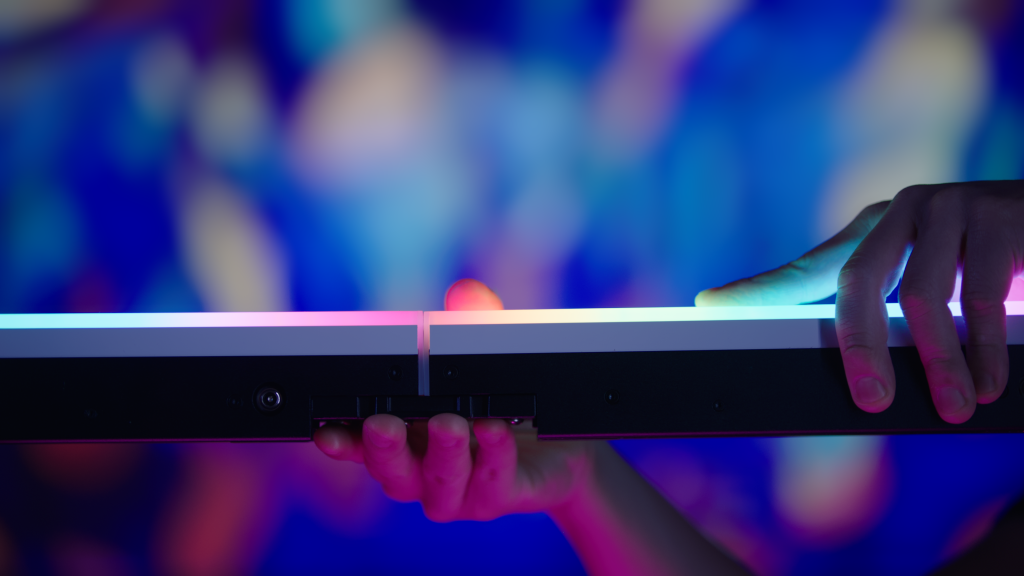
“The competitors’ products are larger and lack the same level of brightness, making them less appealing for my projects,” he says. “A DP recently asked me for a recommendation, and I told him to go for one of these.”
Haveland’s next project is The Diplomat, a six-part drama for Netflix and will be using the LS 600c Pro for that, along with the new Aputure Infinibar. Released in early spring, it can connect multiple one-foot, two-foot, or four-foot Infinibars together using 10 differently shaped connectors to create unique flat or 3D lighting shapes and designs. “These are so versatile, I combined four in a square and shine it through a full diffusion frame as a lovely key light,” Haveland adds.
Away from sets and locations, Haveland is the man behind Light Source Film, the largest database of qualified electricians in the British Isles. Starting out with 300 members when it launched 10 years ago, it now has 3,000 on its books. No doubt, they all have their own stories to tell when it comes to lighting.
–
This article was paid for by Aputure
Words: Robert Shepherd


